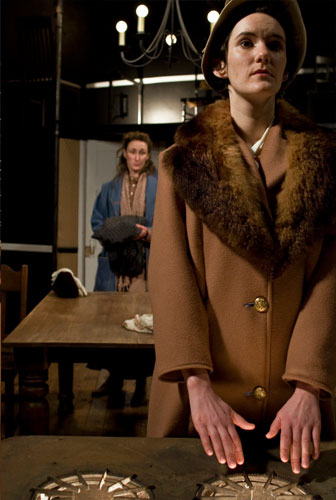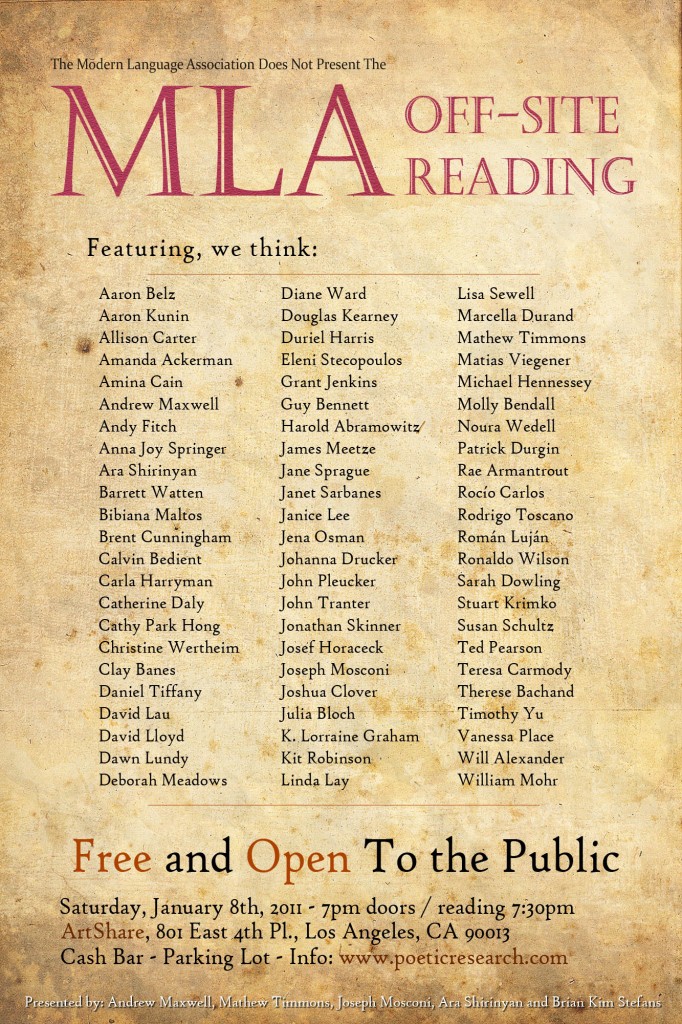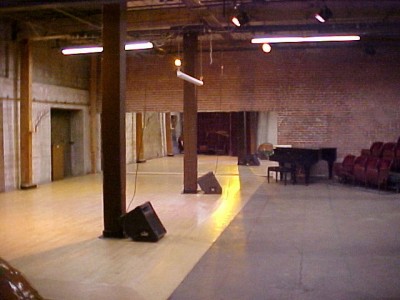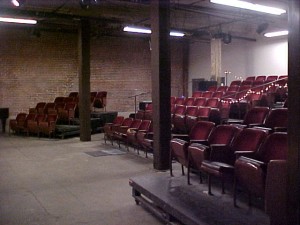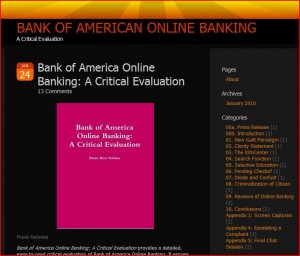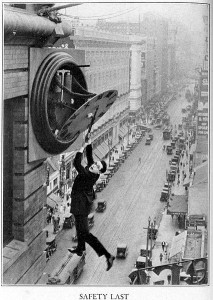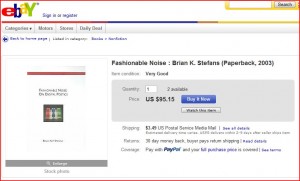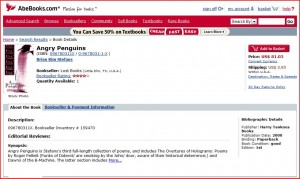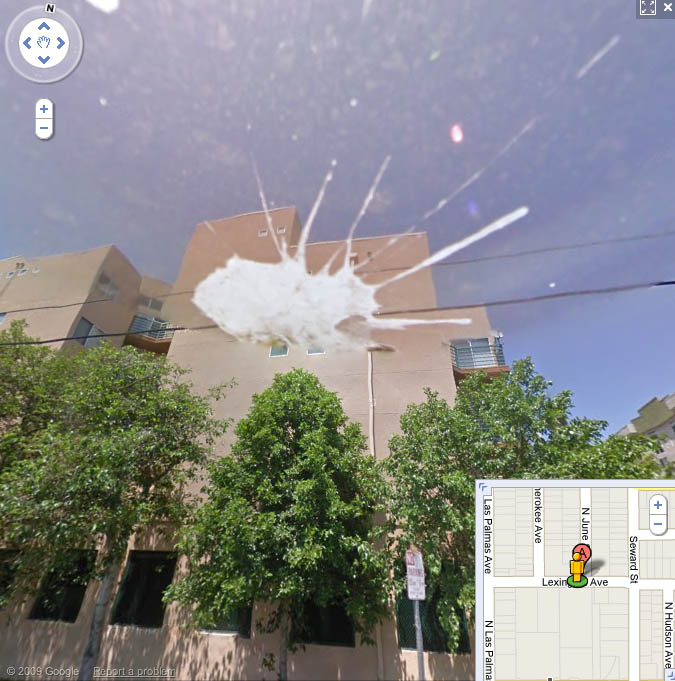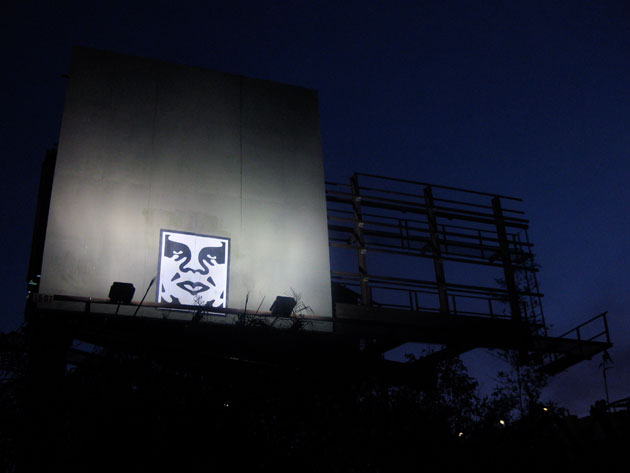Dear ¡Sataristas!, Tim Robbins and the Actors Gang,
Thank you so much for the performance yesterday (February 2nd, 2001), and I think it’s a generous thing you and the Actors Group are doing by having a free performance once month in such a nice theater, with an inexpensive bar, and inspired by socially progressive themes.
I think I’m pretty aware of what the tenor of your project last night was – to somehow confront the history of racism in the United States, a history which persists to today, with over-the-top absurdist humor that bordered on tasteless, kind of a South Park-meets-lefty-rally-of-the-60s – but I’m afraid you missed the mark.
I didn’t particularly mind the singer songwriter – I only got to see two of his numbers, the one about how spelling out the N-word is ok for white people, and the one about stereotypes about race and penis size. The only real problem there was how incredibly unoriginal the material was. I couldn’t see this being of any use to an audience outside of the largely white, upper middle-class folks that attended the event last night. It was coterie humor disguised as progressive, transgressive humor, taken from the trash bin of a mediocre cable channel. But the two songs were brief, and you could take it or leave it.
The opening act, a mime in white-face performing a greatest-hits list of African American history, was very skillfully done, and certainly made for one of the most gripping examples of old school mime I’ve ever seen. But again, it seemed particularly dated, and the politics of the history presented incoherent and troubling. The mime started with a scene of Africans in Africa (using spears), who are then shackled and led into slavery. It then moves through a series of canonical vignettes – slaves picking cotton in the fields, the origins of the blues, the origins of Rock and Roll, Rosa Parks taking a seat on a bus, Civil Rights marches, something about basketball players, Rodney King, the OJ Simpson trial (with grisly depiction of the murders), Michael Jackson’s stardom, finally ending in the election of Barak Obama as President. Most of these vignettes were punctuated by the image of the protagonist being hand-cuffed or shackled and being led away, usually to knowing laughter from the audience.
I missed several of the allusions, but it strikes me that, for the most part, the depictions were of slaves, criminals, athletes and musicians, with the only figures of social agency being those of the anonymous civil rights protesters and Rosa Parks. I didn’t see any intellectual figures, or any political or cultural figures of ethical complexity who weren’t saintly, iconic African Americans – no Richard Pryors, Malcolm Xs, Toni Morrisons, Spike Lees or Tupac Shakurs. I didn’t see anything in the range of impersonations that could have possibly suggested that Barak Obama could be president today – it depicted him as merely arising out of the rabble of partying, sports and/or social discord. The final crowning moment of Obama’s presidency seemed quite ludicrous coming directly after the Jackson dance routine and the Simpson murder. Of course, this is a mime – I’m giving it greater attention than it probably deserves – but it was one that presented a complex history all in the service of a therapeutic (for white people) laughter. What does it mean to laugh at the O.J. Simpson trial in this context? What does it mean for a white mime to own and convey black history for a white audience? In Culver City, no less?
The comic strip artist, Kevin Knight, was very entertaining, and might have been the one thing in the evening that didn’t strike me as completely wrong. I’ll pass him up for now, as you can see his work on the web. I’d like to move quickly to what really inspired this letter.
I really got uncomfortable during the group shout-along, during which were projected slides and short video clips, along with the narrator (Paul Provenza?) asking the audience: “Is this racist?†The content of the slides was mostly images of signs and icons – “Blacks for Sale,†“Heebs Grocery,†and a bookshelf in the shape of a swastika hung at IKEA, an African American newsman showing a police sketch of a rapist that looks just like him, some commercial cartoon that depicted Mexicans with thick accents, etc. – that were probably created innocently, but which somehow conveyed a racist message. I suppose the goal in presenting them was to promote discussion, and to give a lot of people suffering from “white guilt†– the MC had expressly stated that the evening’s show was addressing black history month and was an outlet for white guilt – to demonstrate their lack of racism, or at least project through laughter their sense of the absurdity of racism, or at least their insider’s knowledge about how the sign systems of the world are encoded with racism, etc.
That’s all fine, but it should be noted that this form of conscience-cleansing is strictly a project of a particular class of people, and of a particular color, and even, I might add, of a particular geography. I’m new to Los Angeles, so I’m still acclimating myself to how the general populace here relate to each other in terms of race and class, but I was struck at how insulated most of the audience seemed to be from the people, not to mention the culture, of the non-white upper middle class (even as it appears on television!), and how the events of the evening reflected a particular anxiety about having no physical or cultural interaction outside of their (admittedly large and powerful) coterie.
The most distressing moment was when a video was projected of tiny gray monkeys having sex on tree branches, with some racist “black†voices dubbed over it, dramatizing the sex drive of the lead, horniest monkey, all to huge laughter from the audience. (I feel like heard the nefarious laughter that Dave Chappelle heard that fateful day, which drove him out of show business for a months.) After the clip, the URL of the creator of the movie was projected (I don’t remember who it was, but I didn’t recognize it), I assume to point out that this was the creation of a particular individual deserving of group enmity, rather than an accidental find on the internet. I didn’t quite see the distinction, though.
The question was, of course, then asked by the host: “Is this racistâ€? Of course it was racist – that was probably the only thing that was racist that was projected that evening (the majority of the images being of double-entendres and accidents of juxtaposition) – and it elicited some pretty excited laughter. It being a video, this laughter went on for some time before we got the “reveal†– the name of the creator. I have no idea why the video was shown, as it didn’t share several of the features of the other “accidental” racist imagery and text. What was most racist, however, was the laughter of the audience – they laughed exactly when they were supposed to, at the cue of the creator – or at least it convinced me (rightly or not) that most of the people in the room were, indeed, racists. I don’t believe that, but the event and context created this impression.
What I’m most confused by is the point of the entire exercise. Was the “Is this racist?†shout-along intended to shame all of the participants to fall in line with some particular view of what racist imagery is? Was it to project, as I suggest above, the group’s sense of themselves as confirmed non-racists? Was it a chance for white people to sit in the same room with a few black and Asian people (invited attendees and performers – I didn’t see any black or Asian people in the audience, and if there were, they were in very small numbers) and share some moments of mutual, therapeutic discomfort?
Whatever the answer is, I’d like to stress that, for the most part, I can’t complain. It’s hardly my position to judge what a group of people do in a room together to help them deal with the conflicts of the world, or their own interpersonal difficulties, or their difficulties with dealing with their prejudices. This was clearly an event of some importance to a particular group of white people in a particular part of the world, and not the event of universal relevance that it was billed to be (I do think it’s a common mistake among “enlightened,†well-intentioned white liberals to think that their perspective is universal and unbiased, rather than culturally specific like everybody’s else’s is).
It probably should not have been an open event, though, as I stumbled into it quite innocently, hoping to see some socially searing comedy. The event reflected an incredibly unsubtle, dated, and largely oblivious view of race relations in our culture, which, while largely imperfect, has been rendered so much more complex by artists, politicians, cultural events and, most importantly, comedians over the past decades that it can’t be reduced to antique folk songs and slide shows – especially not hour long slide show with abrasive shout-alongs! This type of humor might have been news to Archie Bunker (maybe even Meathead), but not to those of us who actually walk the streets of this, or any, city.
When I and my friend got up to leave – she had to use restroom, and we were both very hungry – a member of the audience shouted to us, knowingly I guess, “Oh, we’ve offended the Asians!†(Or, “The Asians are offended,” I can’t remember which.) I haven’t been referred to as “the Asian†in a long time, and because, in fact, I am only half-Asian, I am often in the position of telling other Asians that, indeed, I am Asian in some way. But to this fellow I was “the Asian,†largely contextualized, even over-determined, by some of the imagery that was being projected on the screen (we actually waited until the Asian section of the images passed before getting up, in fear of drawing attention to ourselves).
I can’t say that I was offended by this man or felt any danger, but it was quite presumptuous of him to think that I was engaged in this group lynch-mob mentality – lynch the racists! – even so much as to need to reject it. I found the event, at best, silly and unfortunate, and would just have liked to have been left with my thoughts, which were more complex than could have been shouted out into this room. He could simply not imagine how wrong I thought the whole event was — the negation of an “Asian” seemed not within his imagination.
Maybe I was expecting too much by thinking I’d see at this event social humor on the caliber of Richard Pryor or Lenny Bruce or even Chelsea Handler (who I think is brilliant) – gritty stuff that walks the fine line between tasteless and illuminating, but which every step of the way seems somehow in touch with “on the ground†realities as they are played out every day by people living, dying, falling in love, having babies, liking or disliking each other, sleeping with each other, and indeed laughing at each other. Maybe the ¡Sataristas! – a highly pretentious name, in my opinion – just aren’t funny, or knew what to aim at but just didn’t get there. I guess I’m concerned that the approach and viewpoints expressed there are the status quo among the white (and non-white) middle class here in Los Angeles, and that kind of frightens me. I don’t know what it would take to bring about a cultural upgrade, but given your visibility and relative power to stage your views, please try!
Sincerely,
